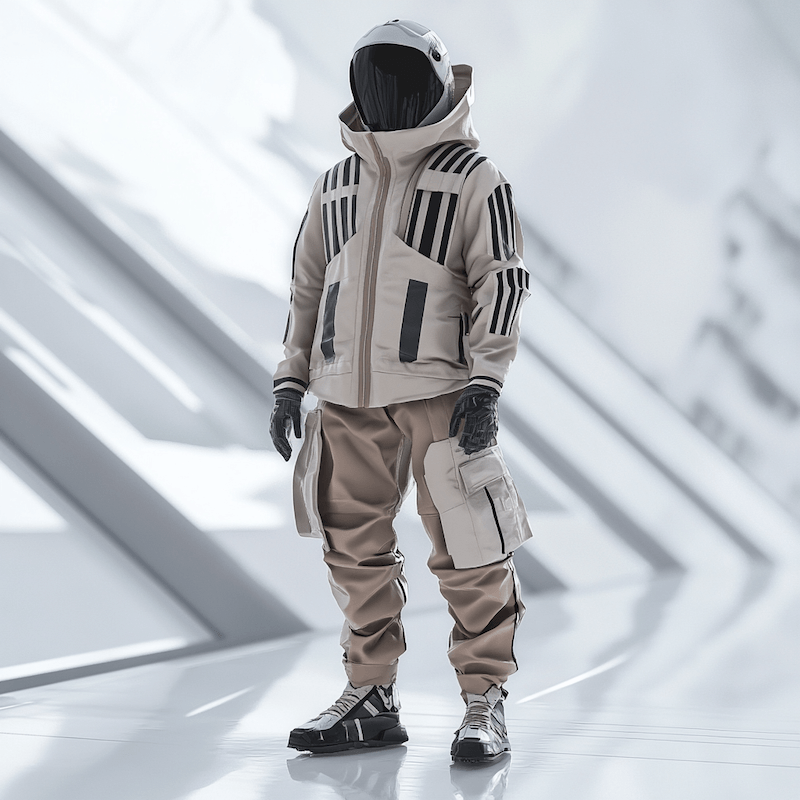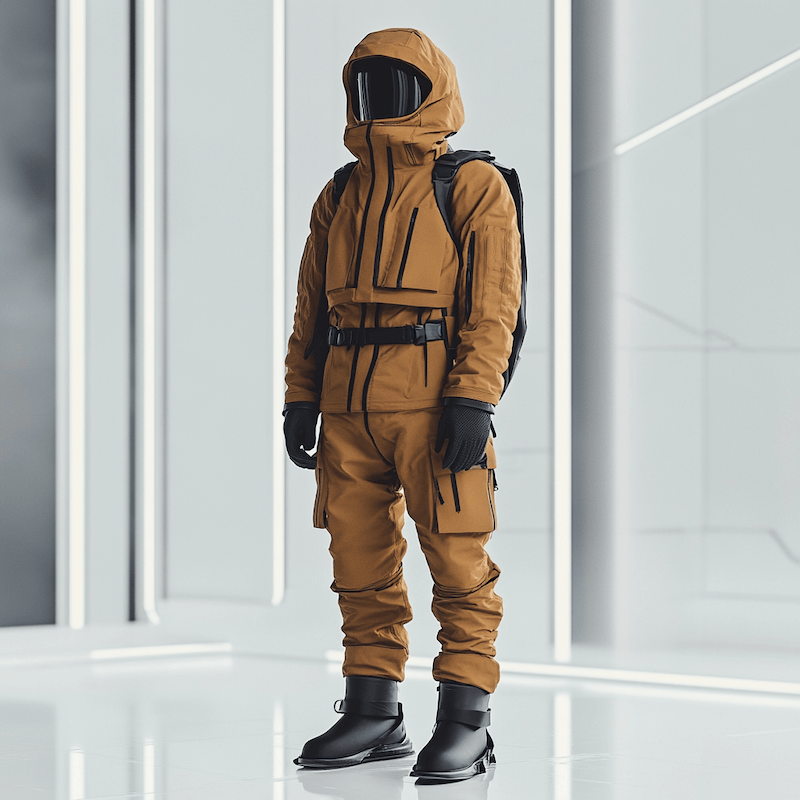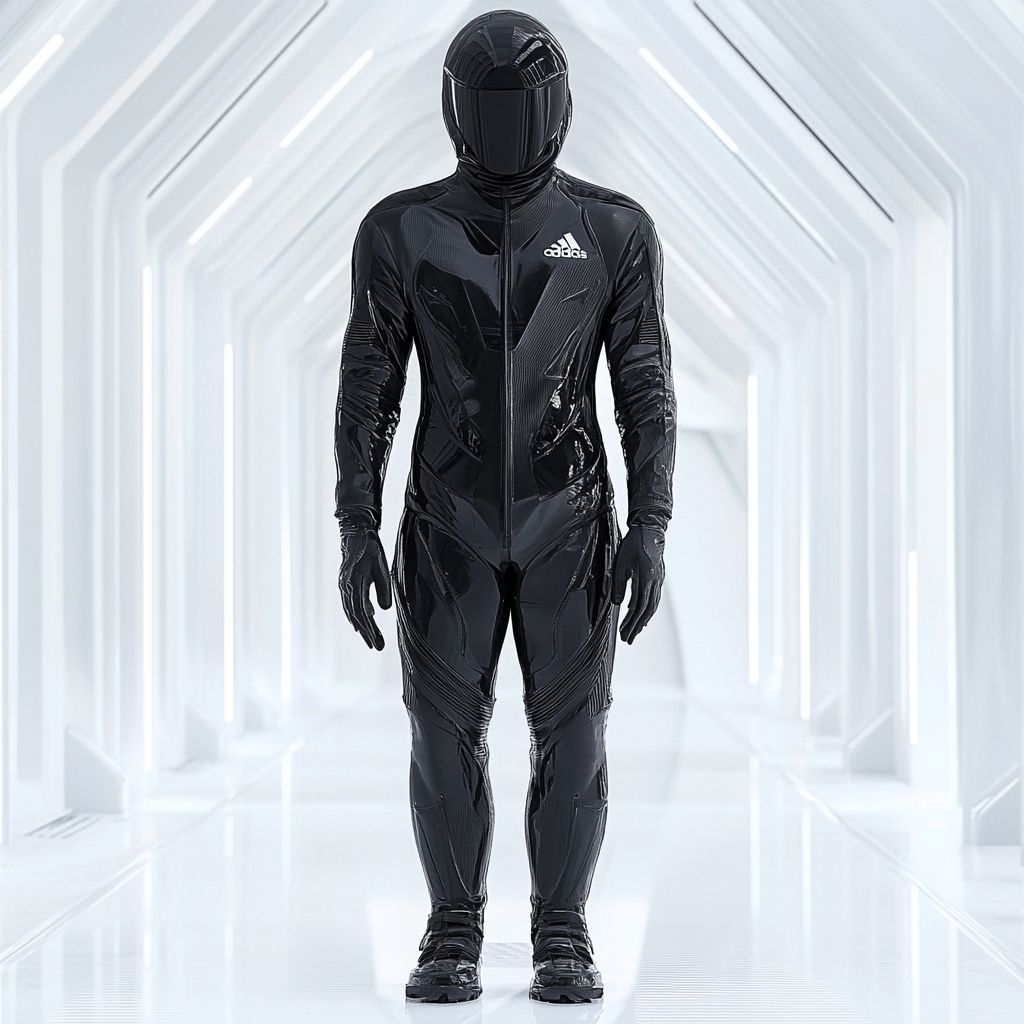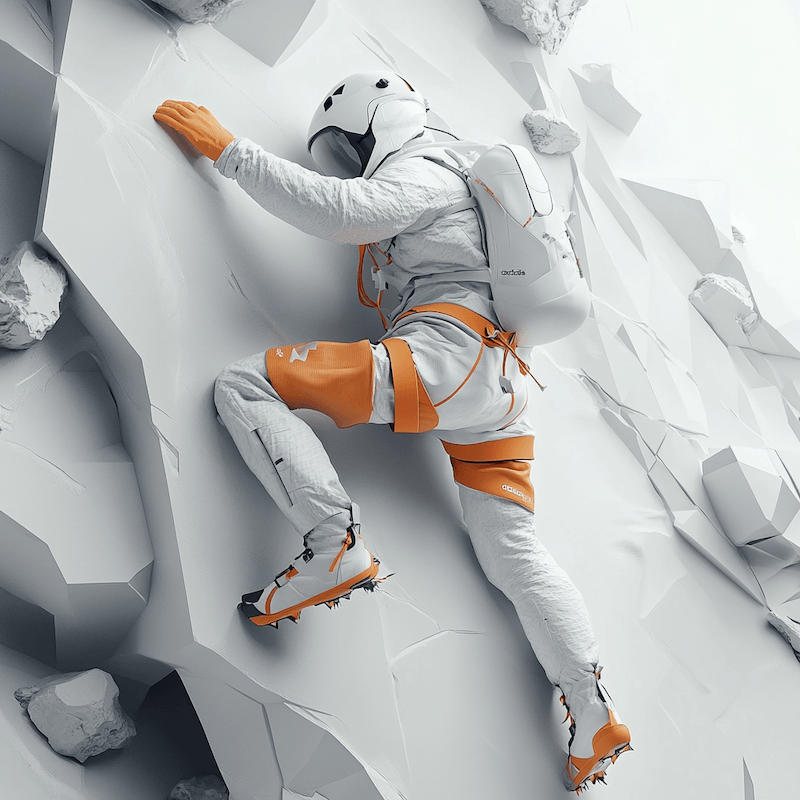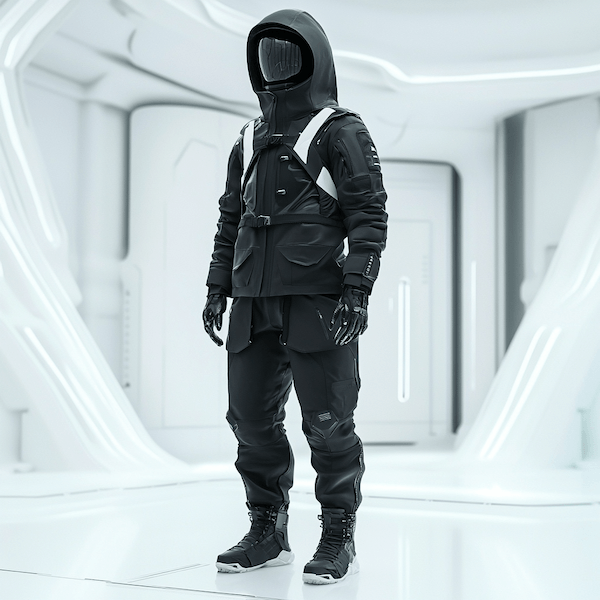Table of Contents
ExZones
Based on Adidas’s current “Own The Game” strategy, the company wants to increase investments to accelerate digital innovation and increase Adidas memberships and D-to-consumer sales by 2025.
ExZones was proposed to diversify the company’s revenue streams, reposition the brand as more innovative and high-end, and give consumers a brand experience they will not forget.
The Adidas ExZone is the new prototype of the company’s AI-enabled flagship store. ExZone centers serve as exploration hubs, merging the physical and digital worlds to let users experience the essence of sports in safe, controlled settings. With interactive installations, dynamic climbing walls, and sports simulation arenas, the ExZone gives customers a realistic, data-driven training experience while showcasing Adidas’s sportswear and equipment designed to support these activities. The ExZone centers can integrate membership-based access. Users can subscribe to an annual or monthly plan, giving them unlimited access to ExZone simulations, early access to exclusive products, and personalized athletic coaching based on their activity data. This subscription model creates recurring revenue and builds a community of engaged brand advocates.
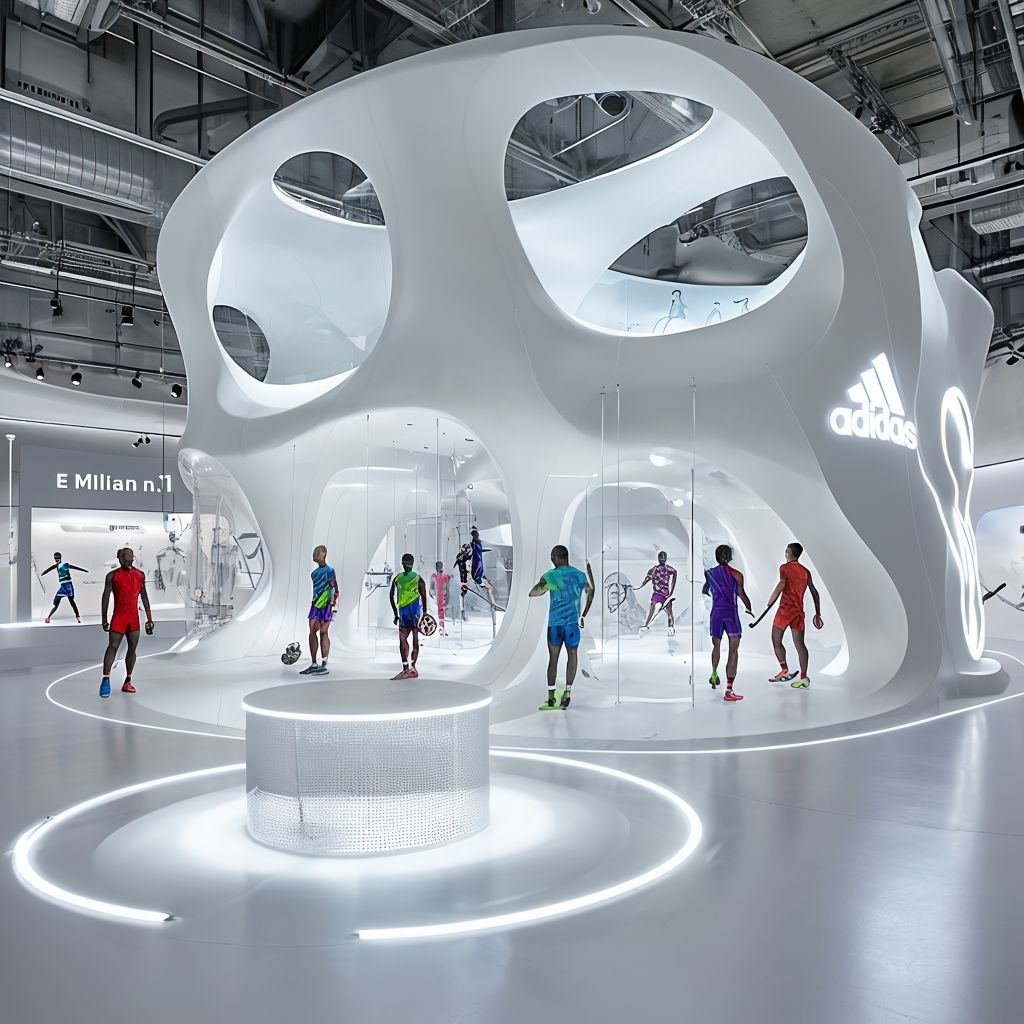

The PeakZone Climbing Experience
Based on the previously developed Terrex “Delicatessen” VR experience, the PeakZone Climbing Experience offers an innovative, immersive training ground for amateurs and professionals. The PeakZone Climbing Experience offers indoor rock climbing that feels like real mountain climbing using advanced technology. The climbing wall can change its surface to mimic the textures and shapes of famous mountain routes. PeakZone uses high-resolution 3D scans to recreate natural rock formations accurately, so climbers feel like they are climbing real mountains.

Climbers wear haptic suits to simulate the feel of climbing. Haptic suits add tension, resistance, and feedback like a real climbing experience. They can also wear a VR headset that transports them to a virtual mountain environment. The VR displays views of cliffs, ledges, and landscapes, giving climbers the feeling of being high up.
The room’s environment adjusts to simulate conditions found at high altitudes, like air pressure, temperature, and humidity. Climbers can feel the cold air and lower oxygen levels typical of high elevations, and fans create wind effects to challenge their balance. PeakZone tracks health and performance through sensors in the suit and the wall. The sensors monitor the climber’s heart rate, oxygen level, hydration, fatigue, and strength.
An application analyzes this data to help climbers understand their endurance, strength, and technique and gives them personalized tips for improvement. After each session, climbers receive a performance summary with tailored training advice to improve specific skills, while progress tracking helps them set and achieve their personal climbing goals.
Alongside the new experience, ExZones’ opening will also include the launch of a new Titan line of high-end sportswear. The Titan high-end clothing line has sensors that measure oxygen levels, heart rhythm and rate, and muscle strength. Suit sensors and machine learning offer real-time feedback and climb analysis to improve energy efficiency, movement optimization, and training areas.
Titan Gear
The StrikeZone Soccer Experience

The StrikeZone experience brings the excitement of the field indoors, creating a space for skill-building. The training ground has modular flooring that adapts to simulate different surfaces and conditions. Players wear a special suit that enhances realism by simulating real-life soccer sensations. For example, when players pass, tackle, or kick, the suit delivers feedback that mirrors the push, resistance, or impact. This helps players develop muscle memory, ball control, and positioning. Players are transported to a fully immersive stadium environment with VR headsets. The VR adjusts to their movements with virtual teammates, defenders, and realistic weather effects. Players can practice under rain, sun, and more, with stadium noise adding to the experience. The suit and field sensors track players’ fitness metrics, like heart rate, hydration, and muscle fatigue. Real-time feedback allows players to monitor performance. Players choose from tailored drills like dribbling challenges, shooting practice, and passing drills. Each drill offers realistic input and adapts to the player’s skill levels. After each session, players get a detailed report on their performance. The system provides personalized training recommendations and helps players set specific goals.

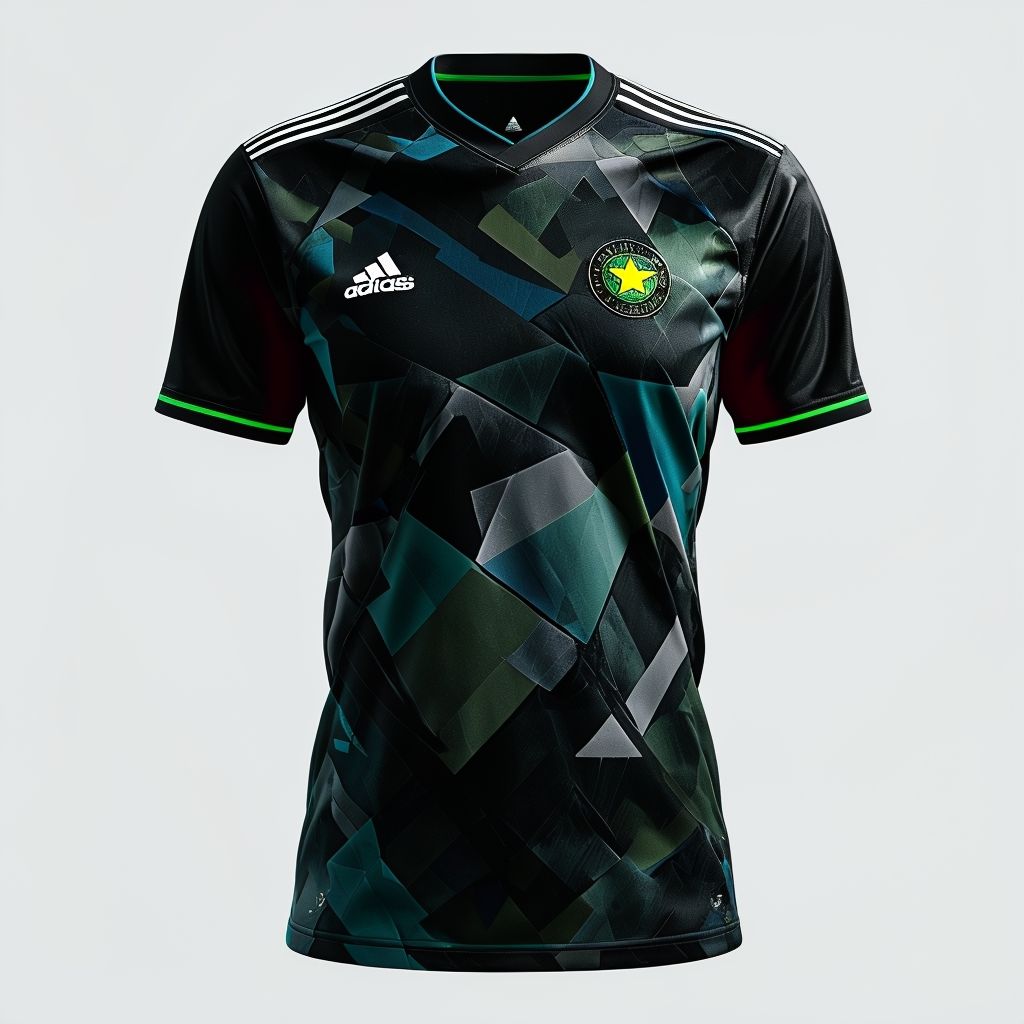



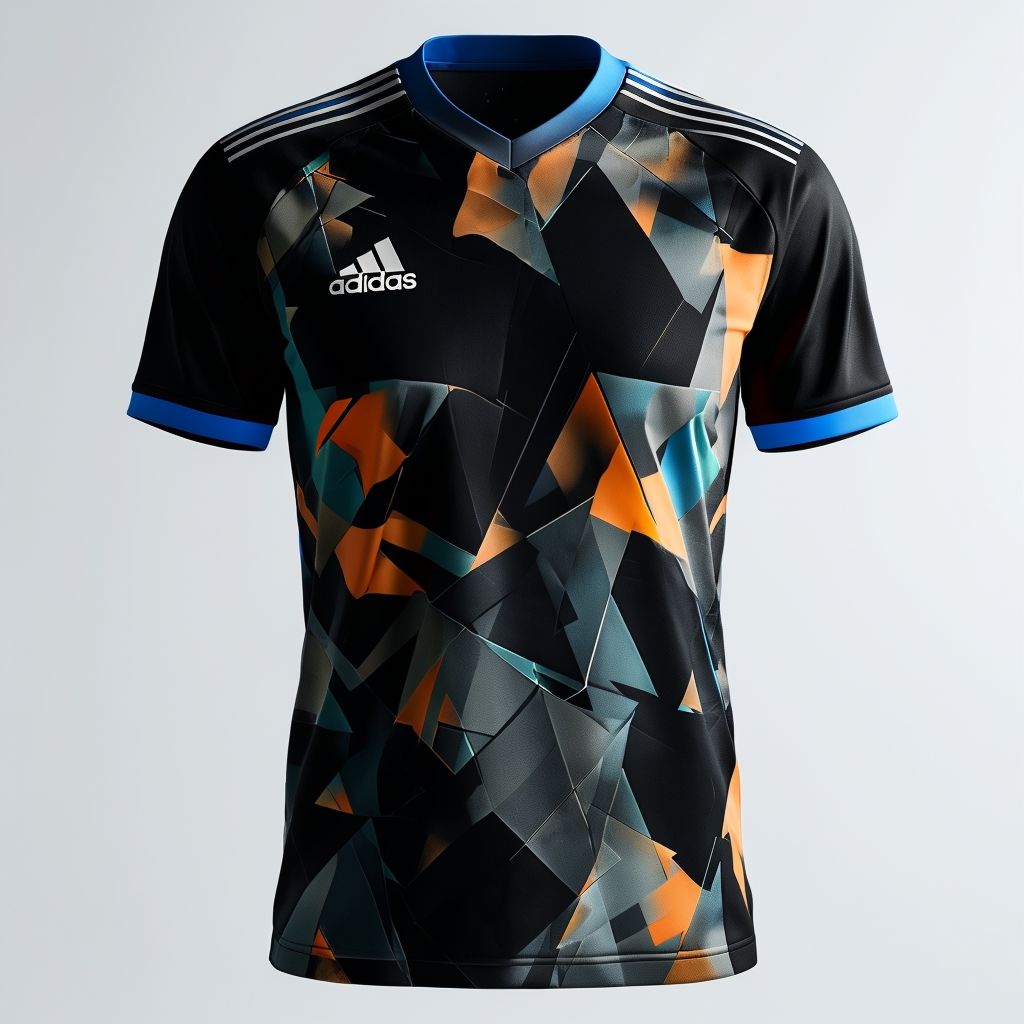








Costs and Sales
Estimated Costs per Location
| Category | Cost (EUR) |
|---|---|
| Building Modifications | €1.26M |
| Major Sport Installation | €1.165M |
| Mini Simulation Areas | €0.56M |
| Technology Infrastructure | €0.56M |
| Initial Marketing | €2.0M |
| Total Initial Investment | €5.545M |
| Annual Operating Cost | EUR |
|---|---|
| Rent (80,000 sq ft) | €1.345M |
| Utilities | €0.465M |
| Staff | €0.98M |
| Maintenance | €0.56M |
| Total Operating Costs | €3.35M |
Each ExZone requires approximately €8.895M to launch and operate in its first year.
Membership Revenue
| Athletic Level | Description | Monthly Fee | Annual Fee | Estimated Members | Annual Sales |
|---|---|---|---|---|---|
| Basic | Core access with light support | €250 | €3,000 | 700 | €2.1M |
| Premium | Advanced simulations & feedback | €350 | €4,200 | 500 | €2.1M |
| Elite | Elite coaching & tech integration | €600 | €7,200 | 100 | €720K |
Sales from Apparel, Accessories, and Footwear
Adidas had around 1,860 retail stores in 2023. If we divide the total net sales in retail stores owned by Adidas by the number of stores, we can estimate an average of 3.45 million euros in net sales per store. Adidas ExZones, in five locations, will have an estimated 3.54 million euros in retail sales per location. This is without the new product lines. We also want ExZones to function as a retail store.
Sales from the New Product Line
Since the launch of new ExZones goes hand in hand with the launch of new product lines, we also have to estimate the net sales for the latest products. We assume the newest product lines will be sold online and in five retail locations. We will produce five different high-end, high-tech climbing suits to be sold for 1400 euros. The estimated demand for the suits for the first year is 300 units. The total product cost, plus the marketing and distribution cost, is estimated at 770 euros. We will produce at least ten types of high-end soccer shirts to be sold for 140 euros. The estimated demand for the shirts for the first year is 5,000 units. The total product, marketing, and distribution costs are 77 euros. We will produce ten pairs of high-end soccer cleats to be sold for 233 euros. The estimated demand for the cleats for the first year is 1,500 units. The total product, marketing, and distribution costs are estimated at 128.15 euros.
Product Line Revenue
| Product | Total Sales | Costs | Net Revenue |
|---|---|---|---|
| Climbing Suits | €420,000 | €231,000 | €189,000 |
| Soccer Shirts | €700,000 | €385,000 | €315,000 |
| Soccer Cleats | €349,500 | €192,225 | €157,275 |
| Total | €1.47M | €808,225 | €661,275 |
Annual Sales Projections (Per City)
| Location | Membership | Retail | Products | Total | Quarterly |
|---|---|---|---|---|---|
| Tokyo | €0.97M | €2.44M | €34.5K | €3.45M | €0.86M |
| Shanghai | €0.97M | €2.44M | €34.5K | €3.45M | €0.86M |
| Berlin | €0.97M | €2.44M | €34.5K | €3.45M | €0.86M |
| Paris | €0.97M | €2.44M | €34.5K | €3.45M | €0.86M |
| Atlanta | €0.97M | €2.44M | €34.5K | €3.45M | €0.86M |
| Total | €4.85M | €12.2M | €172.5K | €17.25M | €4.31M |
With break-even expected in ~2.58 years, the ExZone model presents both a retail innovation and a long-term branding opportunity. If successful, Adidas plans to roll out 5 new locations annually over four years starting 2026.
